

If Rock Band 3 is an all day arena rock concert, complete with a massive stage and a blinding light show, Rock Band Blitz is a club show – stripped-down and intimate. There are no plastic instruments to play and no bandmates to rock out with. Just a solitary player, a standard controller and the game.
The real secret of Rock Band’s success is that it allows players – even those without an ounce of instrumental or vocal skill – to interact with music in a way that feels meaningful. Disconnected though the experience may be from playing an actual instrument, there is real satisfaction to be had from nailing a tough run of notes, singing a tricky vocal part, or playing the perfect drum fill in Rock Band.
Rock Band Blitz, by contrast, doesn’t trade on that kind of satisfaction – this is an arcade game through and through. As such, the focus is squarely on earning the highest possible score. There are still beats to match, but rather than focus on a single instrument, Rock Band Blitz asks gamers to take on all of a given song’s tracks (guitar, bass, drums, vocals and occasionally keyboards). An arsenal of unlockable, selectable power-ups aids in the quest for ever more stratospheric scores.
Rock Band Blitz comes stocked with twenty-five songs, all of which are immediately playable in Rock Band 3. Equally cool is that all the songs in a player’s Rock Band library work with Rock Band Blitz (though, for now, Rock Band 3 songs cannot be exported). The twenty-five included tracks are impressively diverse, encompassing everything from Rick Springfield’s 1981 hit “Jessie’s Girl” to more recent tunes like Foster the People’s “Pumped Up Kicks.” It’s solid selection, and provides plenty of grist to get players through the first few hours of Blitz, which are all about unlocking the game’s many power-ups.
Rock Band Blitz separates its power-ups into three categories: Overdrive Power-Ups, Note Power-Ups and Instrument Bonuses. Overdrive Power-Ups, which are earned by playing glowing white notes (just like in traditional Rock Band), must be deployed with a button press. Note Power-ups are big, glowing purple notes that are played just like any other note, and Instrument Bonuses offer extra points simply for playing a given instrument.
Rock Band Blitz power-ups are unlocked by earning Cred, and using them costs Coins. Both Coins and Cred are earned each time players tackle a song – the higher the score, the better the payout. Players can choose one power-up from each category before they play a song, so long as they have enough coins. Mixing and matching power-ups to get the best score is where Blitz gets much of its longevity, though it only takes a handful of hours to unlock them all, after which the game loses a bit of momentum.
In addition to their score maximizing properties, Rock Band Blitz power-ups serve a second vital function: they teach players the proper way to approach the game. Ideally, players should regularly be switching lanes on the note highway – getting locked into a single instrument is a no no, though for longtime Rock Band players, it’s an easy mistake to make. Doing well in Blitz means constantly scanning the horizon for overdrive notes and purple Note Power-ups, and changing lanes quickly enough to hit them. Power-ups like the Runaway Note (which travels all over the highway, leaving a trail of purple notes in its wake) and the Pinball (which is… well, it’s a pinball) help break the habit of staying in one lane too long by giving players a target that moves around the screen.
That doesn’t mean players can afford to be haphazard in their approach to a song. Each lane needs to be powered up by successfully playing a succession of notes, which are divided into left and right channels (played on the controller’s digital pad and face buttons, respectively) – it’s a comfortable set-up that allows Blitz to effectively mimic the more complex note patterns of traditional Rock Band. Powering up a lane on the highway raises that instrument’s multiplier, and each song is divided into sections separated by checkpoints. Raising the multiplier on every instrument before hitting a checkpoint raises the ceiling on the multipliers, which again leads to higher scores. Seriously, in Rock Band Blitz, high scores are everything.
The game encourages players in that quest for the highest possible score by suggesting online opponents, who can be challenged to a Score War – pick a song and a time limit and put up as many scores as you want, highest score wins. Players are also constantly ranked against both friends and the Rock Band community in general – all of which is solid motivation, but doesn’t compensate for the lack of a proper, real-time two player mode.
As a scaled-down, single-player version of the Rock Band experience, Blitz rocks. It doesn’t provide the same exhilarating sense of accomplishment and mastery as Rock Band, but then, it isn’t designed to – this is an arcade game to its core. Tapping out rhythmic patterns on a controller turns out to be a solid analog for wailing on plastic instruments, and the new tunes are both fun to play and a great value for owners of Rock Band 3. Recommended to the Rock Band faithful and newcomers alike.
Rock Band Blitz is available now from the PlayStation Network and Xbox Live Arcade. Game Rant reviewed the Xbox 360 version of the game.
–
Follow me on Twitter @HakenGaken.
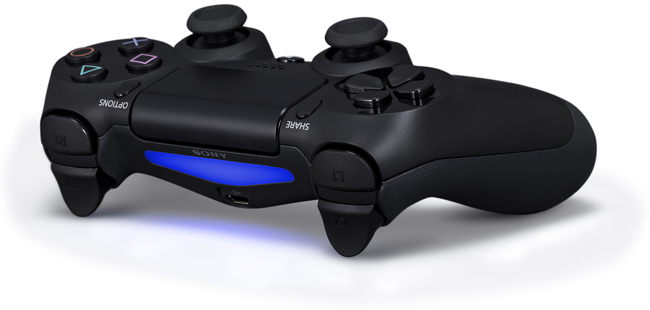

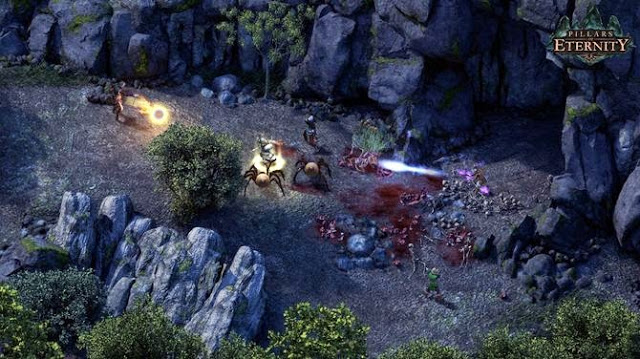
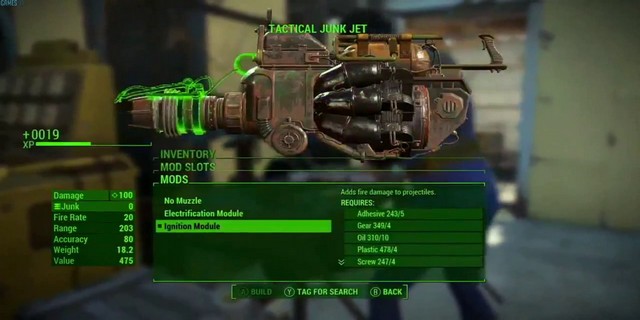
 LEGO Jurassic World (3DS) first impressions
LEGO Jurassic World (3DS) first impressions Skyforge: Lightbinder guide
Skyforge: Lightbinder guide StarCraft 2 Walkthrough Video Guide in HD
StarCraft 2 Walkthrough Video Guide in HD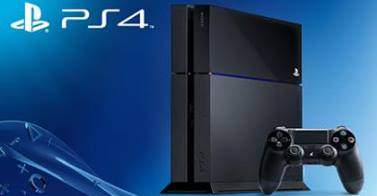 PS4: How To Connect To TV or Any HDMI Compatible Display
PS4: How To Connect To TV or Any HDMI Compatible Display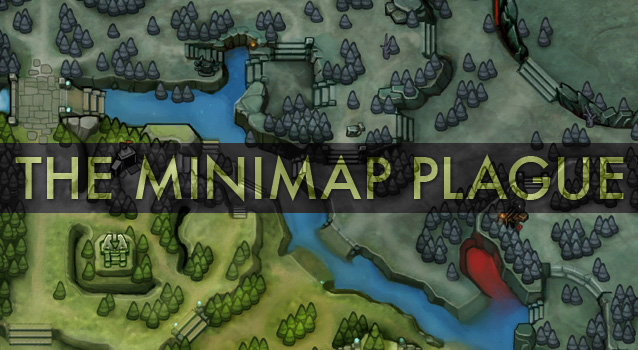 The Minimap Plague
The Minimap Plague